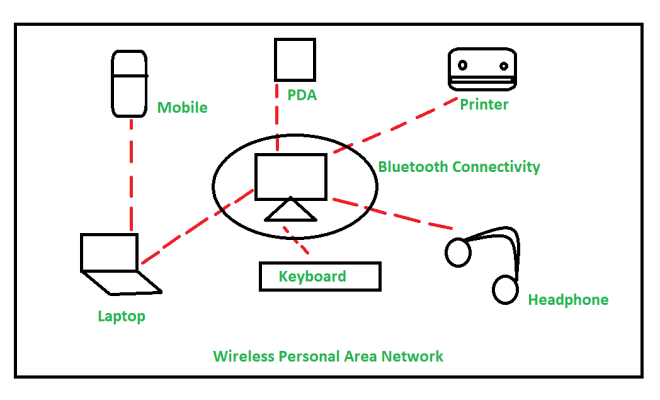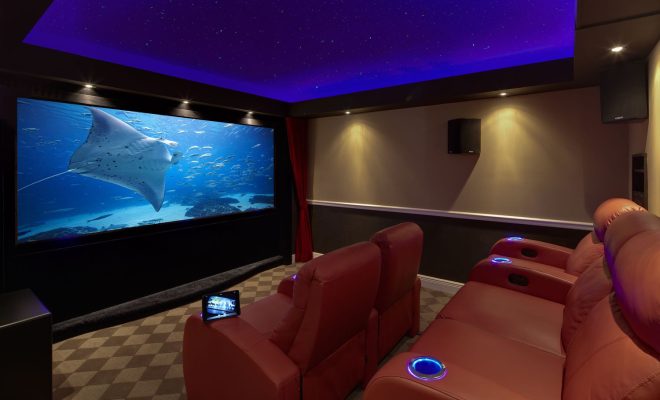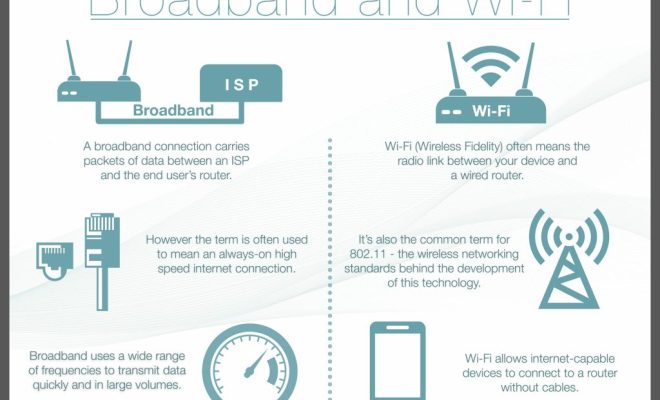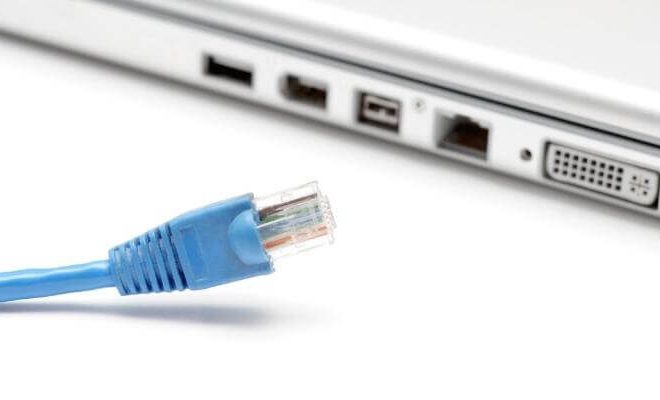Overview of a Personal Area Network (PAN)

A Personal Area Network (PAN) is a network of interconnected devices within a limited range that shares data among them. It is a computer network that allows communication among nearby devices such as laptops, smartphones, tablets, and other wearable devices. PANs are typically used for personal or business purposes and are usually wireless.
PANs consist of several devices that are interconnected through low-power wireless transceivers, such as Bluetooth or Zigbee. These networks communicate and transfer data across a short distance of about ten meters or less. The range of communication is usually limited to a room or a small area, like a workspace, creating a personal bubble of connectivity.
There are different types of PANs. One example is the wireless USB, which enables one device to communicate wirelessly with another using USB-based wireless technology. Another type is Body Area Networks (BANs), which operate within or between the human body to monitor health conditions, wearable devices that record real-time data on physical activities and vital signs, and wireless sensor networks (WSNs) that monitor physical environments, like air quality or temperature.
PANs have several advantages as they are convenient, portable, and less costly than conventional networks. They allow for easy data sharing and collaboration, making it easy for individuals and devices to connect and work together. For instance, computer peripherals such as a printer, mouse, and keyboard can be connected via Bluetooth, making it easier to switch devices while working.
Moreover, PANs come in handy in home automation, where devices can communicate with each other through a central controller. A good example is controlling lighting and temperature. Using Bluetooth or Wi-Fi, an individual can control appliances, security systems, and cameras from a mobile device.
However, PANs also have some drawbacks. They are not secure, making it easier for hackers to access your devices and data. Moreover, they have a limited range, and interference from other devices can hinder connectivity.
In conclusion, PANs are networks that connect and allow data transfer among nearby devices, making them suitable for personal or business use. They are advantageous as they are portable, convenient, and cost-effective. However, they also have disadvantages such as limited range and lack of security. Therefore, it is important to weigh the pros and cons when considering setting up a PAN.





